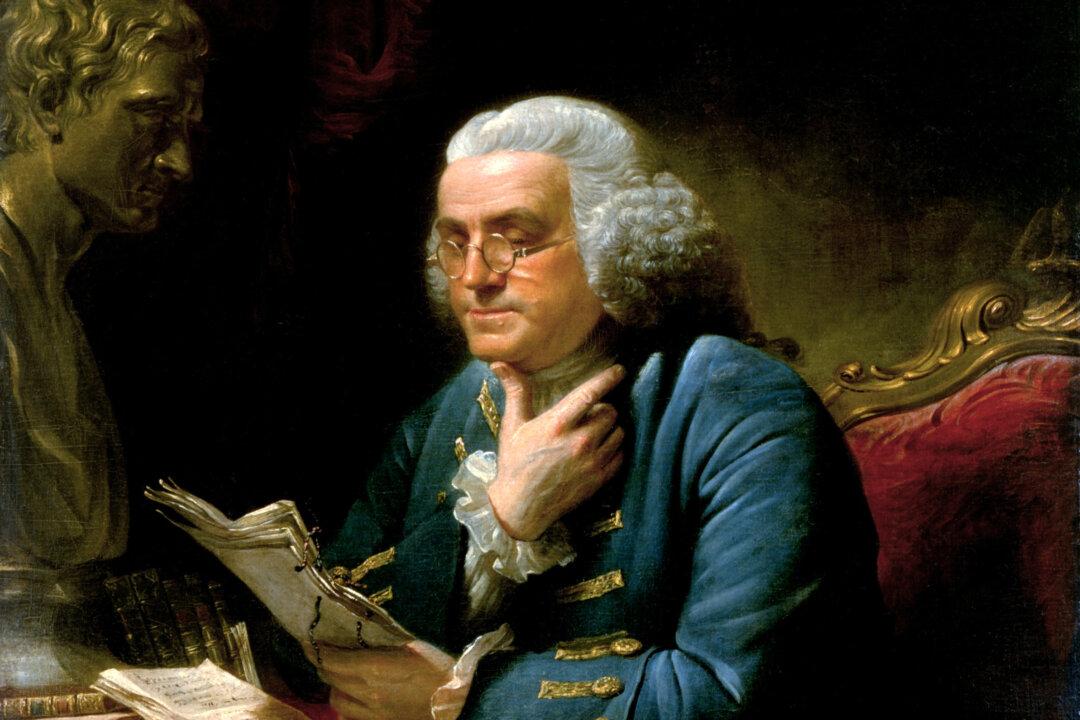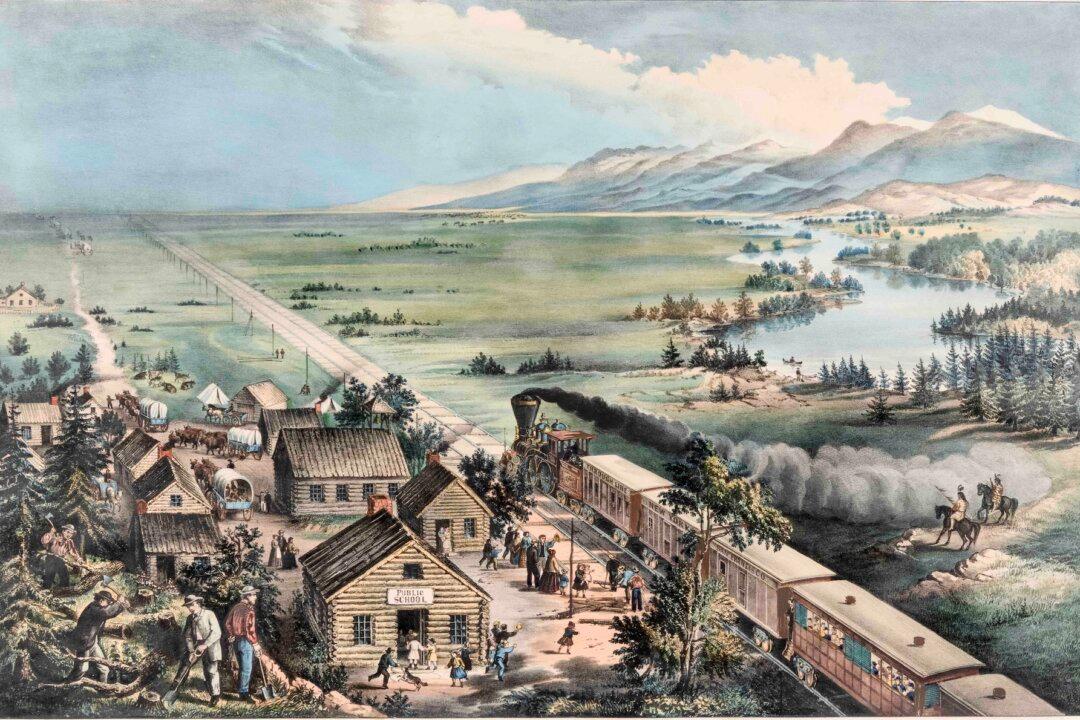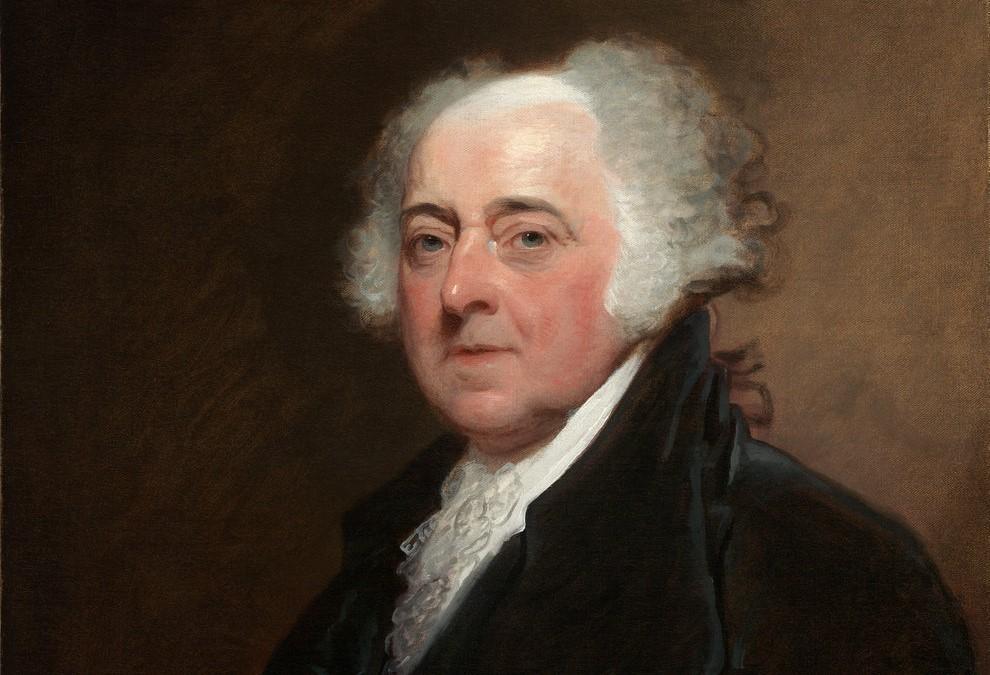Droves of Easterners were moving westward in 1836, searching for a fresh start and submitting to their faith in the future. Among them was a determined but heavily indebted 32-year-old Vermont blacksmith who had temporarily left behind his pregnant wife and four young children to try his luck on the distant frontier. His name was John Deere.
In his native Green Mountain State, this man had lost his father as a young boy. At age 17, he apprenticed under Captain Benjamin Lawrence of Middlebury to learn blacksmithing. By 1829, married to Damarius Lamb and living in Leicester, twice he chose to build a shop of his own, and twice he saw his business burn to the ground. He built a third shop, but by then creditors began calling on him. With the real and present threat of debtor’s prison hanging over his shoulders, the frontier beckoned him. “The immediate inspiration [for the big move] was [his] being arrested for debt by a Leicester deputy sheriff on Nov. 7, 1836, and discovering after bailing himself out that there was a lien on his property,” reported the Rutland Herald on the bicentennial of this blacksmith’s birth.





